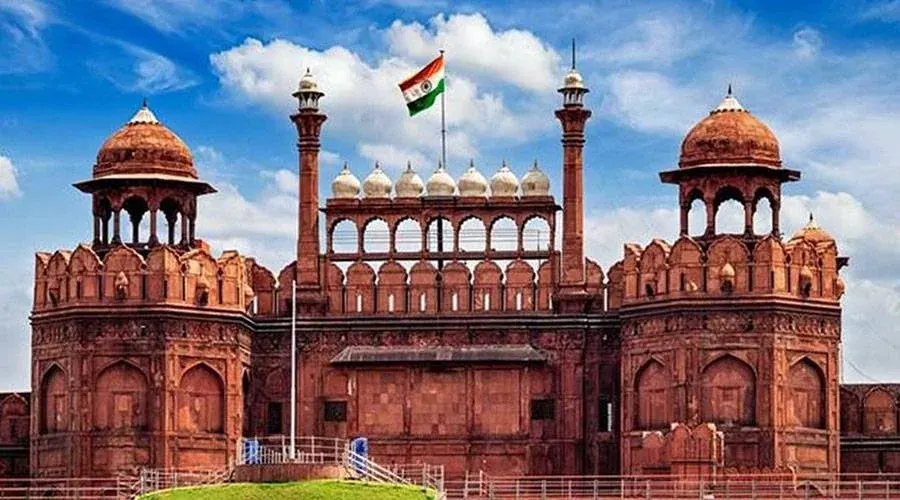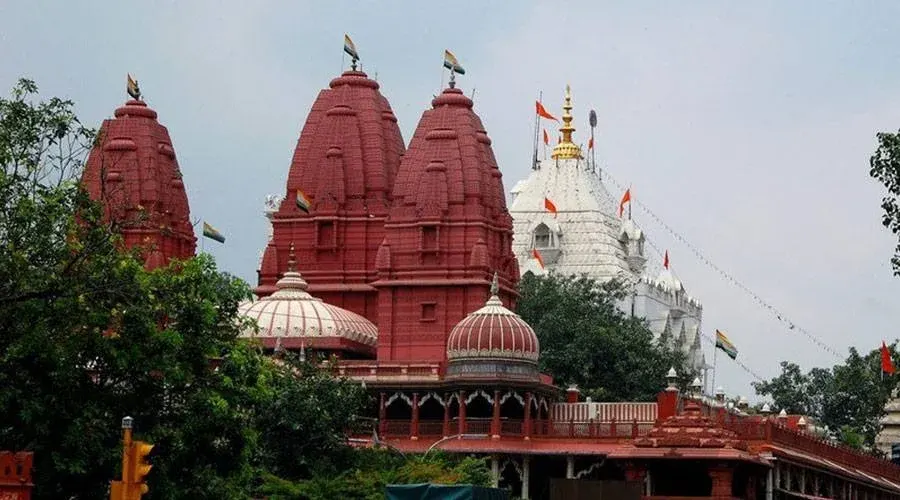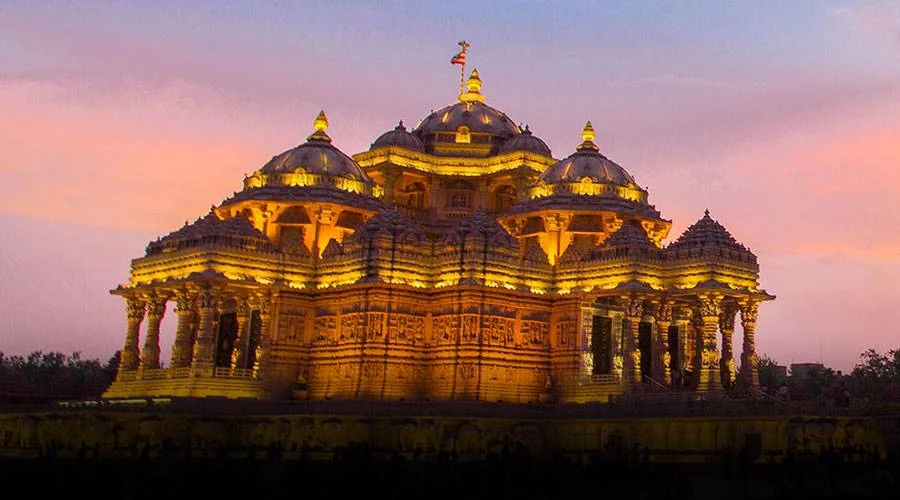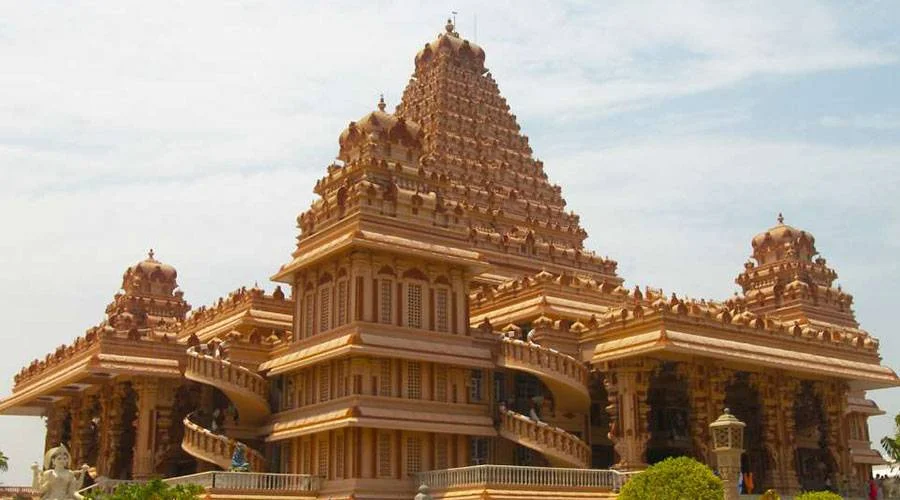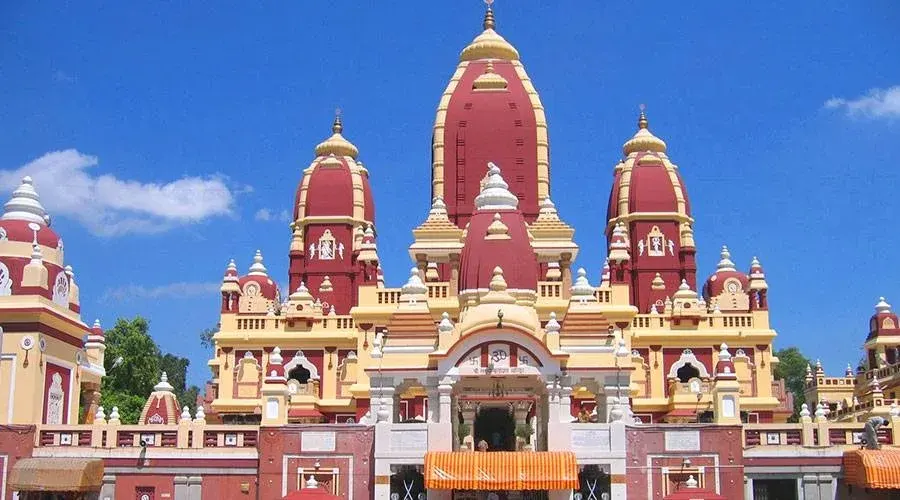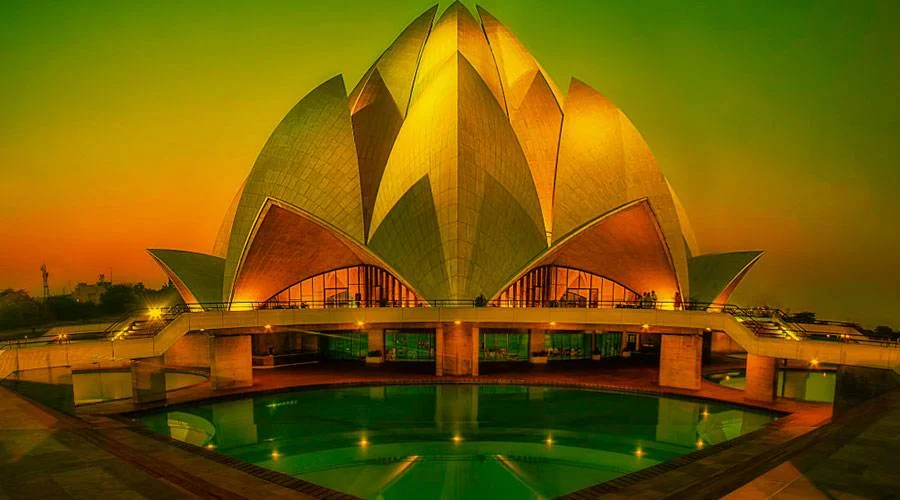Gurudwara Rakab Ganj, Delhi
Another popular Sikh pilgrimage site in Delhi with an immense sacred significance is Gurdwara Rakab Ganj. Like most of the Sikh shrines in Delhi, Gurdwara Rakab Ganj was also built by Baghel Singh in the year 1783. The land on which the gurdwara stands is the popular historical site where cremation of the beheaded body of Guru Tegh Bahadur - the ninth Sikh Guru was observed. Located near old Rasina Village, this famous sacred site in Delhi took almost 12 years to get fully constructed to commemorate Guru Tegh Bahadur who sacrificed his life for the freedom of belief, worship, and expression. However, before that, there was a mosque near the spot where the beheaded body of Guru Tegh Bahadur was cremated. The Sikhs claimed this place as their hallowed place.
History
Guru Tegh Bahadur Ji was beheaded by Aurangzeb for saving the Hindu Kashmiri Pandits and for his refusal to turn to Islam. While Sis Ganj Gurdwara in Chandni Chowk is where his head was beheaded, the spot where the rest of his body was cremated was the house of Baba Lakhi Shah Vanjara, an honorable man whose name has gone down in Sikh history as one of the many brave men. The place where Gurdwara Rakab Ganj stands now was earlier a Muslim Mosque. When Baghel Singh came to Delhi with his army of 30,000 Sikh warriors and saw this, he asked the Muslims to uproot the Mosque to check the ground beneath the Mosque for Guru Tegh Bahadur Ji’s ashes by demolishing it. There were objections raised to this, but the Muslims were offered that the Mosque would be reconstructed at the Sikhs’ expense if the vase with the Guru’s ashes was not found. Upon investigation, the claims by the Sikhs were proved right and the Gurdwara was built with permission from Emperor Shah Alam II. It took 12 years and 25 years for this majestic and remarkable Gurdwara to get built.
Architecture
Gurdwara Rakab Ganj is very beautifully constructed. It is made using white marble stones. It also has a garden on one side. Indicating how Sikhism doesn’t discriminate based on caste, color, or religion, it has entrance gates on all four sides.


